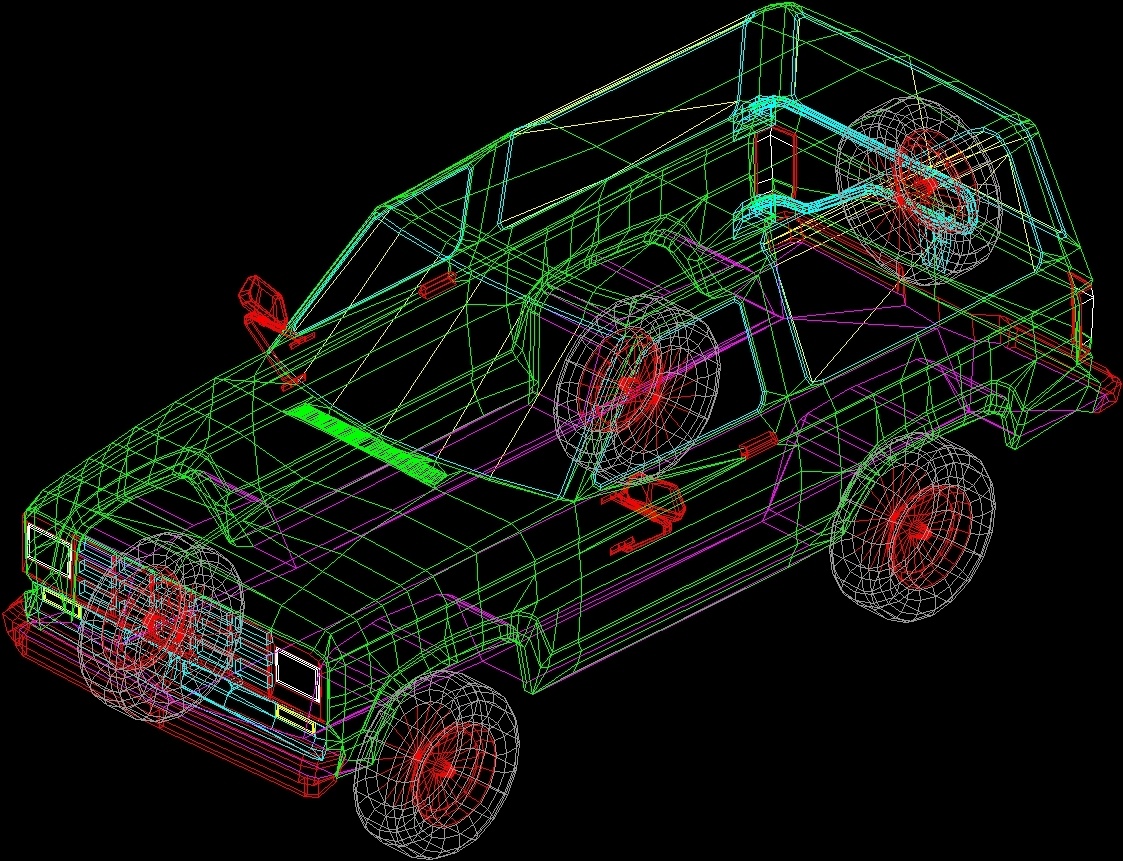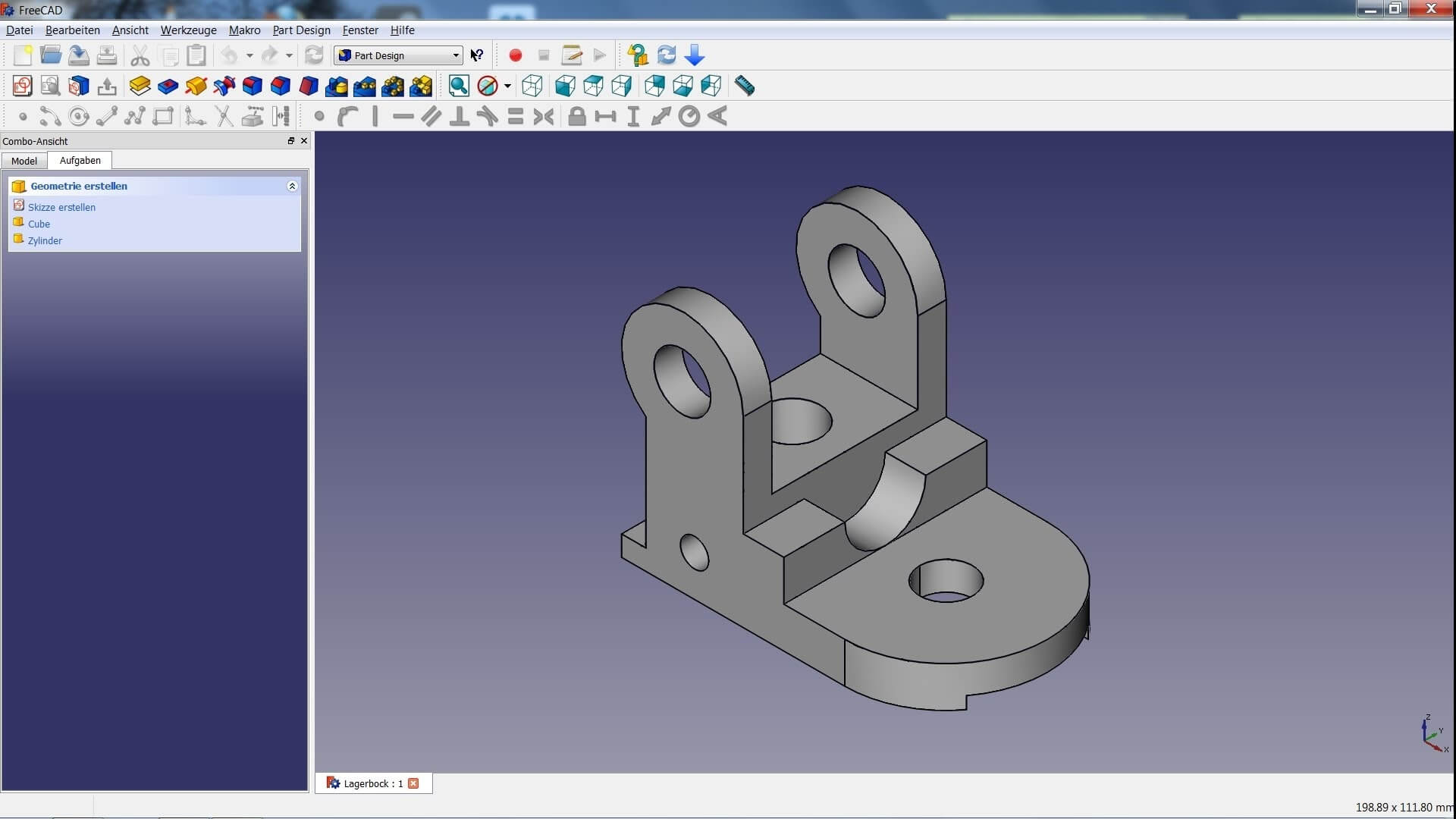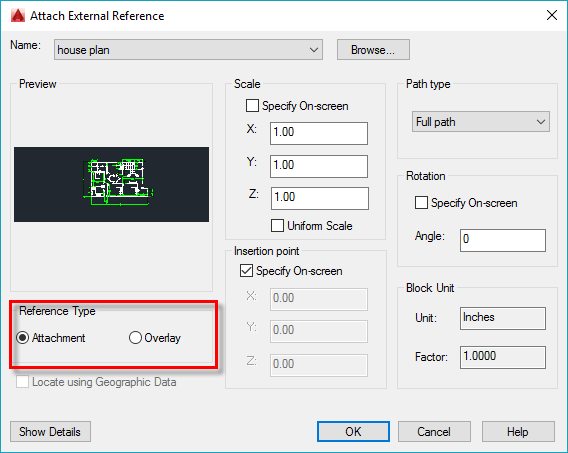

On the other hand, neutral models provide flexibility and allow you to work with various design packages and CMs for your board build.

The most significant advantage of a native 3D model is that it is designed to work well with the program that creates it – often exclusively – therefore, it is likely to be more detailed and specific than a neutral CAD model. Native and neutral CAD model formats have advantages and disadvantages. These models can be divided into native and neutral, some of which are listed below. There is yet to be an industry-wide standard that all 3D CAD models must adhere to.ģD CAD modeling formats have been created however, they are generally accepted as standards. However, it does accurately convey the importance placed on oversight to ensure that electronic circuit boards are built to meet specified performance criteria and safety requirements. The standards listed above are not exhaustive. This applies to the design, manufacturing, fabrication, assembly, and testing stages, as illustrated in the figure below. Regulations and standards govern the PCB development process.

However, maximizing the efficiency and quality of your integrated PCBA development process requires understanding and applying 3D CAD modeling best practices. The 3D STEP file is the most commonly used CAD format for this purpose. Whether the process is from ECAD to MCAD or MCAD to ECAD, integration requires a file format accessible by the programs that perform each design. Likewise, the same diligence is required for successful ECAD/MCAD integration. For example, failing to follow the best PCB layout guidelines may render your design unmanufacturable, at least without timely and costly redesign(s). Knowing and following best practices can be considered a standard operating procedure or SOP for creating good PCBA designs.


 0 kommentar(er)
0 kommentar(er)
